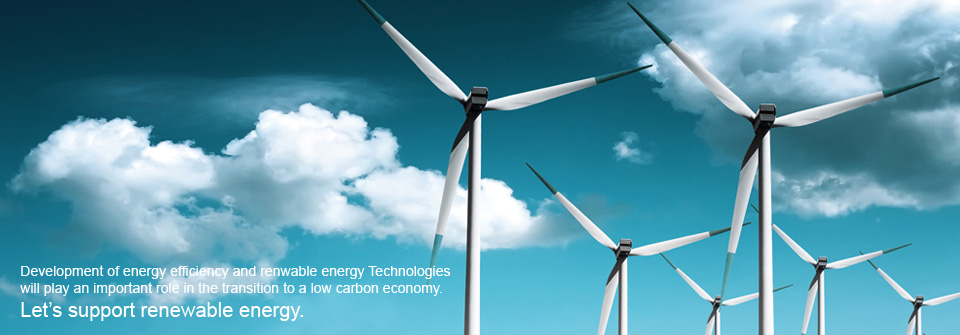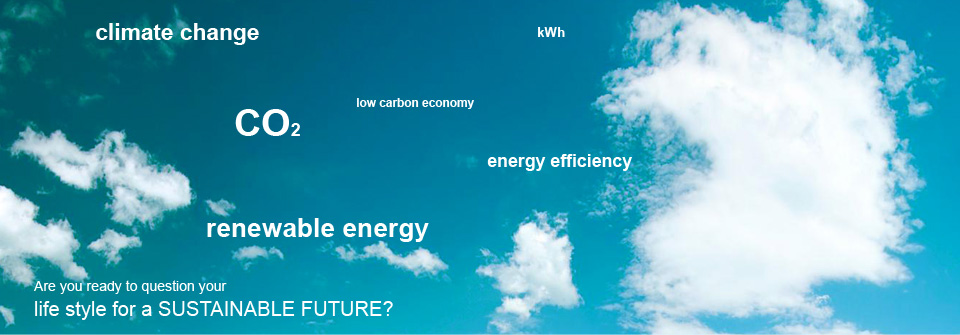COMPLIANCE CARBON MARKETS
The Kyoto Protocol established flexibility mechanisms for the parties to fulfill their emission limits or their reduction obligations to support national measures. These mechanisms are, Emission Trade (ET), Clean Development Mechanisms (CDP) or Joint Implementation (JI) and their basic purposes include:
- Encourage sustainable development through technology transfer and investment
- Help countries to fulfill Kyoto targets by reducing emissions with financially effective ways or remove carbon away from the atmosphere
- Encourage private sector and developing countries to contribute to the efforts of emission reduction (UNFCCC)
Both CDP and JI mechanisms are project based. The main difference between the two mechanisms is the parties. The country that hosts the emission reduction project is defined as the “host country”, the country that invests in these projects in technical and financial terms is called “investor country” in these schemes.
Clean Development Mechanism: Under the Kyoto Protocol, Annex I countries that have emission limitations or reduction commitment, cooperates and implements projects together with non-Annex I countries who does not have emission reduction targets.
Joint Implementation: Annex I countries who have emission limits or reduction commitments under the Kyoto Protocol can implement projects within other Annex I countries. The project’s host Annex I country that reduces emissions within JI mechanism gains Emissions Reduction Units (ERU) and can sell these credits to other Annex I country. Both parties of the JI projects are Annex I country and have an emission reduction commitment so the host country should decrease the amount of ERUs sold from its Allocated Amount Unit (AAU). The host country’s emissions allowances decreases equal to the amount transferred to the investor Annex I country while the investor countries allowances increase.
Emission Trade system: Emissions Trading System (ETS) is a market based flexibility mechanism that offers a convenient way to fulfill emission targets to countries that have quantified emission reduction commitments under the Kyoto Protocol. The emissions trading system is between the parties of the Protocol and gives the right to the country that have reached their goals to sell its additional reductions to other countries. There are regional and national scaled ETS. European Union Emission Trading System is the most sophisticated and largest greenhouse emissions trading system enacted in 2005.






